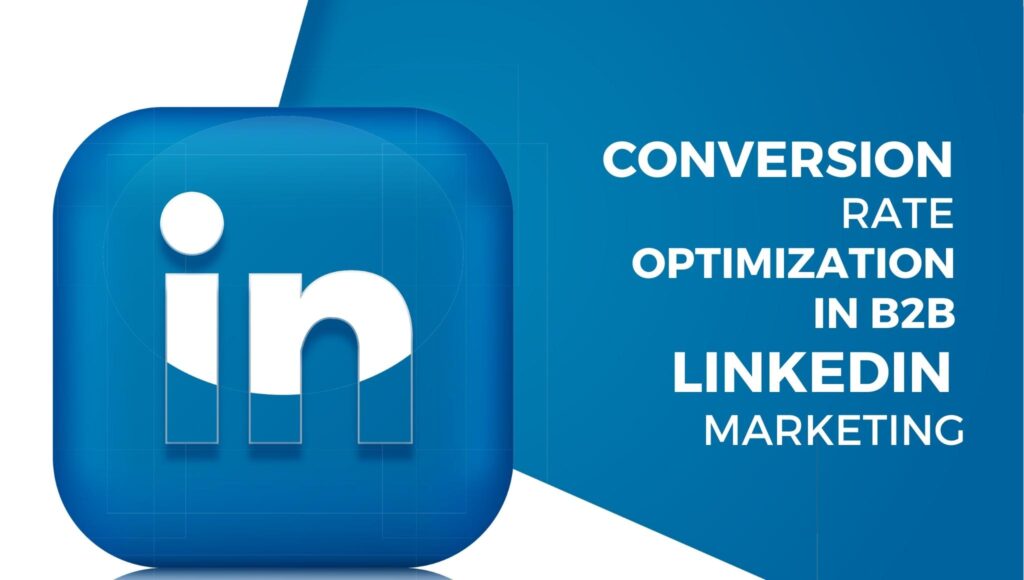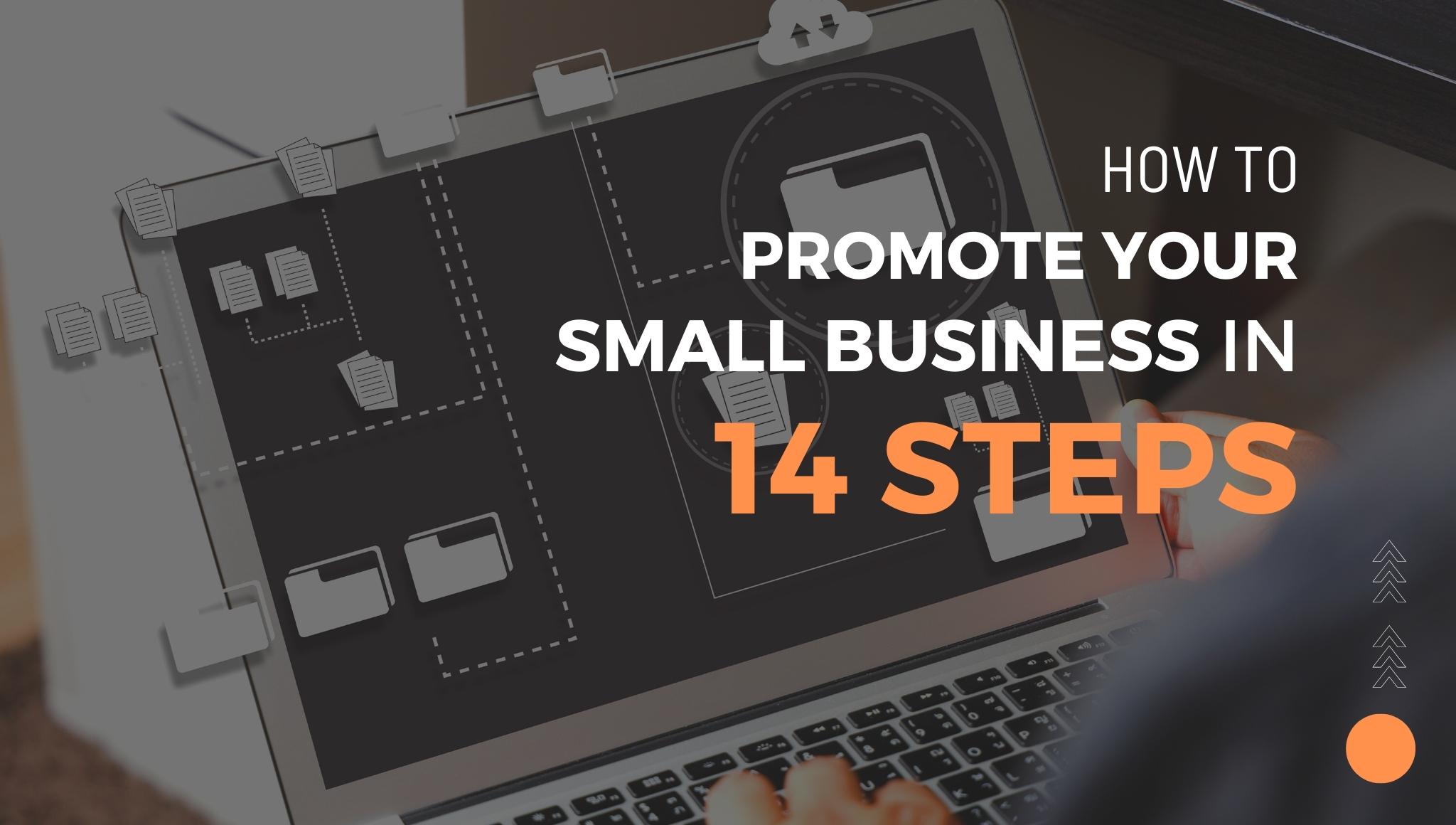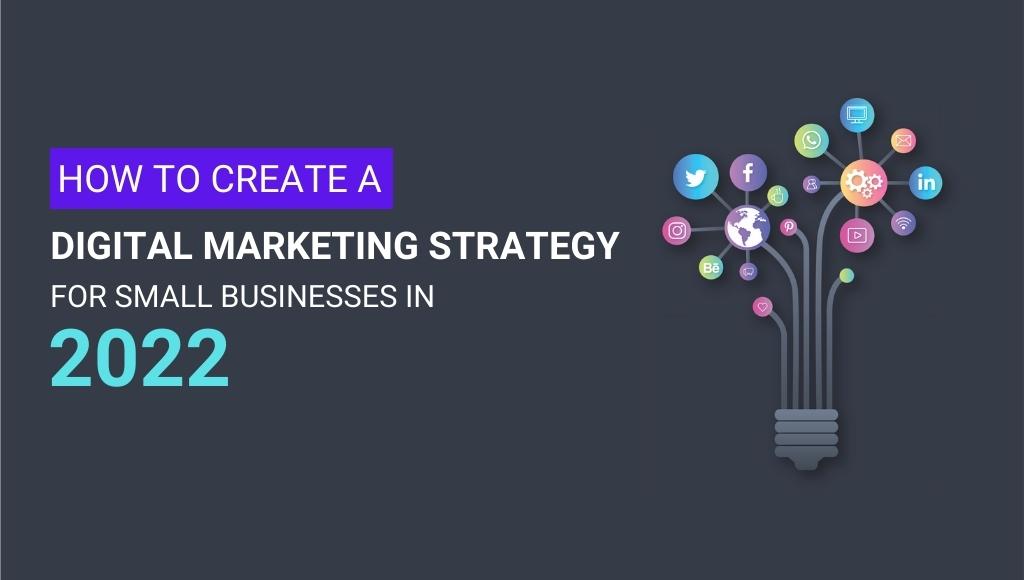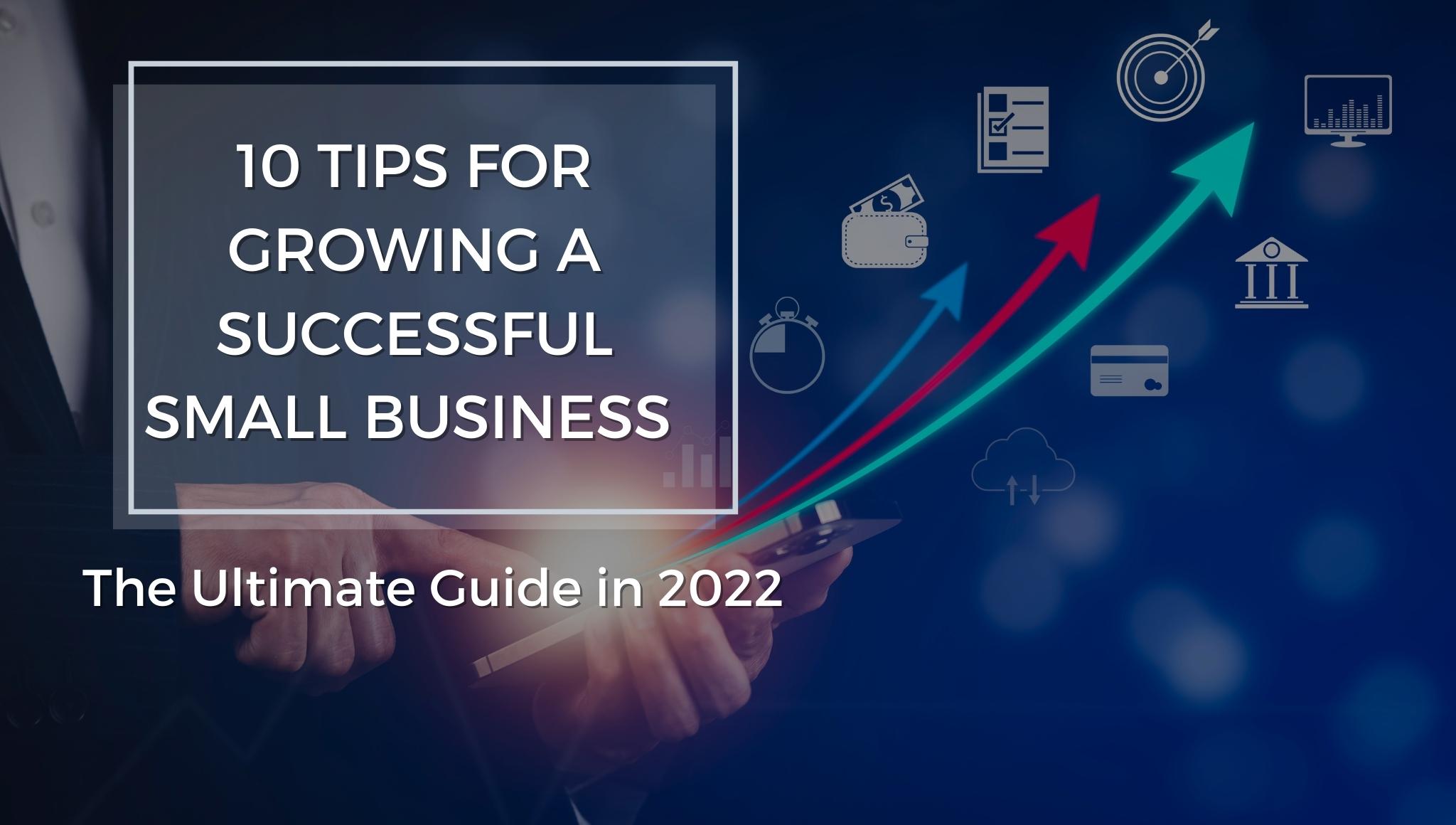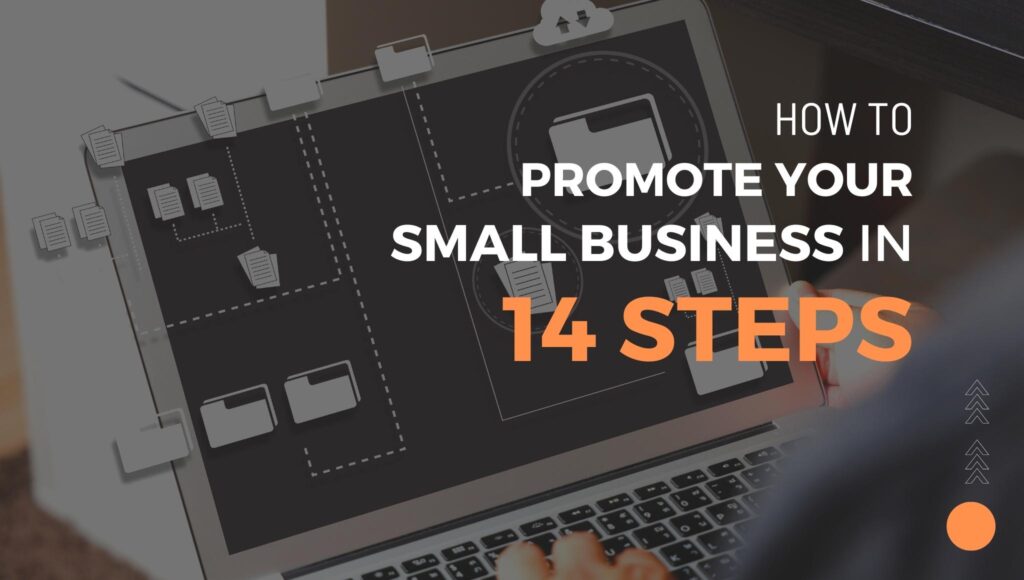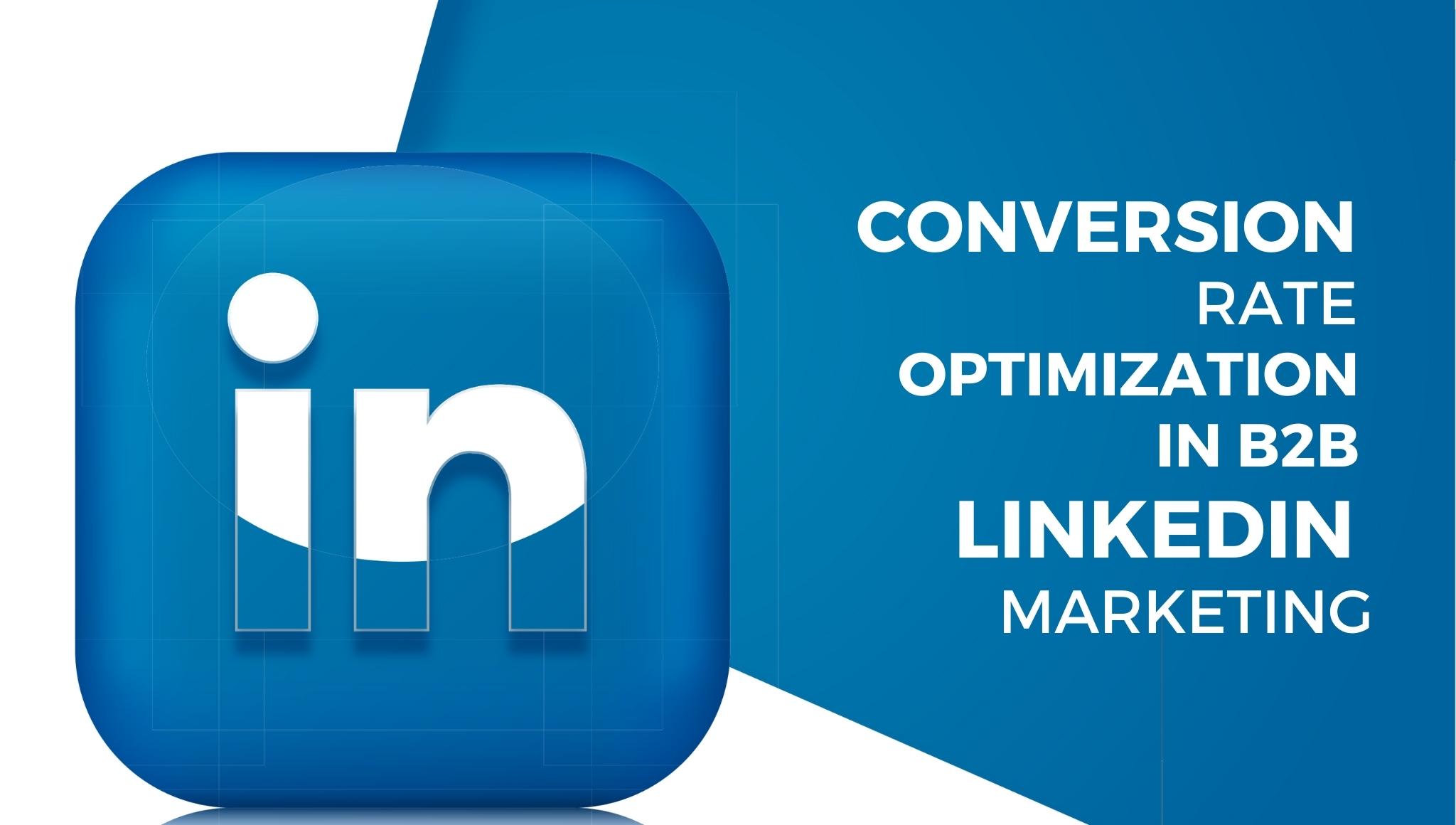Conversion Rate Optimization in B2B LinkedIn Marketing
In the past years, LinkedIn has changed a lot. Earlier LinkedIn was known as just a job portal website but now it has grown as a social media platform for professionals. You can use LinkedIn to find the right job or internship, connect and strengthen professional relationships, and learn the skills you need to excel in your career. You will also get to know conversion rate optimization. You can also use LinkedIn to organize offline events, join groups, write articles, and post photos and videos. LinkedIn has become so feature-rich that now it’s also a big platform for marketing especially Business to Business (B2B) marketing.
This article focuses on conversion rate optimization in B2B LinkedIn marketing. In fact, 80% of B2B social media leads come from LinkedIn. If you are a B2B business house looking to reach more leads, it’s time to start optimizing your ad campaigns to improve your LinkedIn conversion rate.
Why choose LinkedIn?
Do you know that the average conversion rate for LinkedIn ads is much higher than on other social media platforms? Let’s have a look at conversion rates of different social media platforms:
| PLATFORM | CONVERSION RATE |
| 6.1 % | |
| 4.7 % | |
| 3.1% | |
| 2.9% | |
| 0.9% |
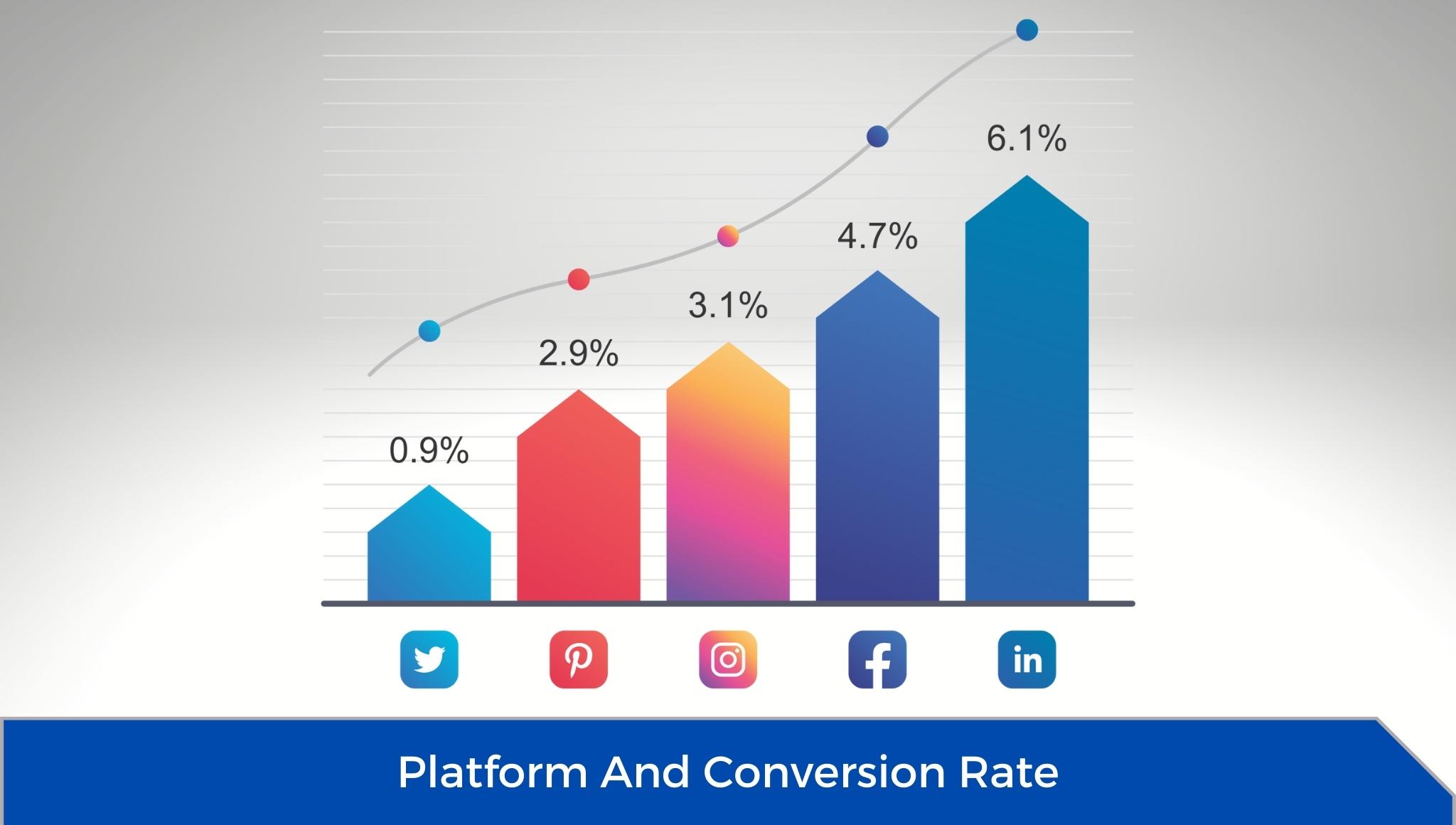
As you can see, LinkedIn contains the potential for you to earn more conversions if you do the right advertising. By looking at the conversion rate for LinkedIn advertisements, you will get to know what you can expect and achieve.
LinkedIn conversion types
It’s not that only conversion on LinkedIn is all about sales. Many businesses will use different types of conversion for their LinkedIn ads. On LinkedIn, you can earn different types of conversions like:
- Completing forms
- Downloading content
- Registering for events
- Making sales
How to do Conversion Rate Optimization in B2B LinkedIn Marketing?
Let us discuss in detail LinkedIn marketing strategy. For a better conversion rate in LinkedIn marketing, you need to have an effective strategy in order to successfully generate tons of warm leads and convert them into new business. Below are some points to consider:
-
Target the right people

To get more people engaged with your ad, you have to target the right people. It’s not very difficult to understand that people will click your ad only if they feel it is relevant to their profession or interest. Targeting the right audience is the best practice in B2B LinkedIn marketing strategy. Many businesses make the mistake of targeting the wrong people with their advertisements. As a result, LinkedIn shows their ads less.
Hence it leads to fewer conversions and higher costs per lead. To avoid this you should target people based on demographic information, career and professional interests, and more. Setting up the right audience will help you reach more people interested in your products, which will deliver a better conversion rate for your LinkedIn ads.
-
Create professional and creative ads
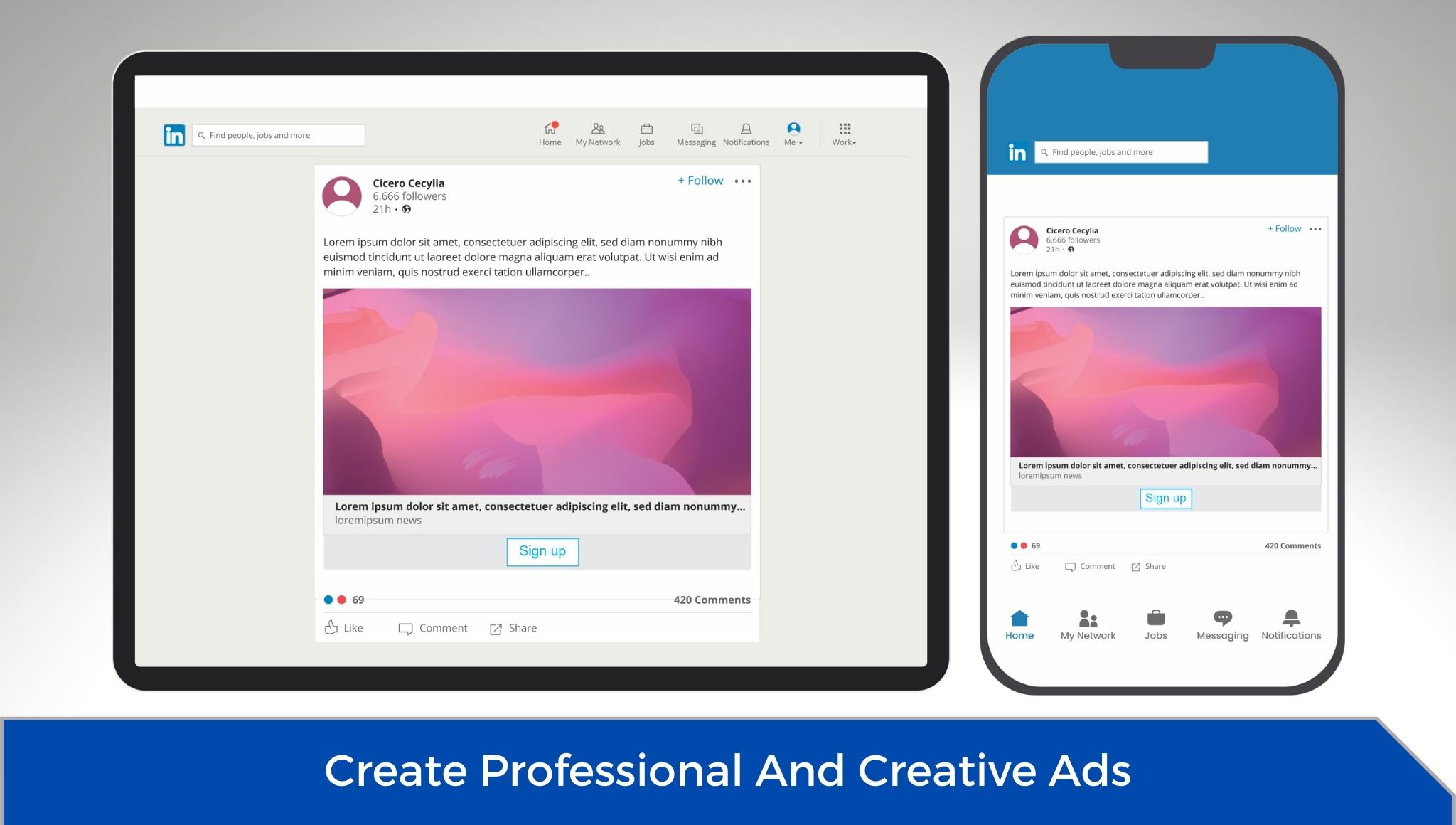
Creating professional and creative ads is a must in your LinkedIn marketing strategy once you have established your target audience. Advertisements and sponsored content appear in the LinkedIn newsfeed just like other posts. If you want to get people to stop scrolling and check out your ad, you need creative and compelling ad copy. The LinkedIn audience expects to see content, like industry news and posts about professional topics in their feed. The context of your LinkedIn ad plays a fundamental role in determining whether your audience engages with your ad. You can make your ad more attractive by using video or eye-catching graphics in it.
-
Test your ad copy
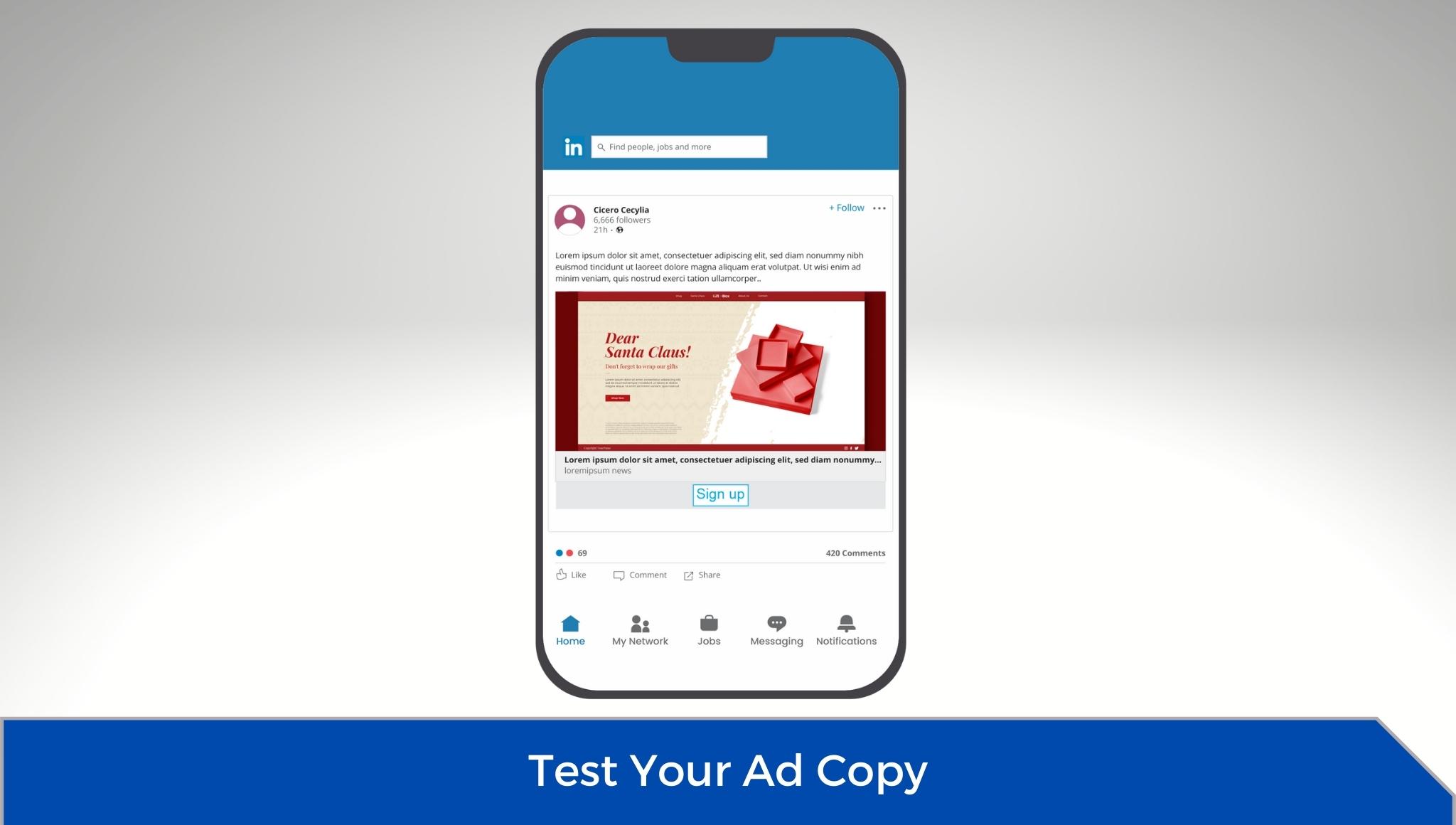
It’s always a good practice to test your ad copy first. If you are not testing your ad copy you might not get the best results for your business. Test your ads to get the most out of your LinkedIn advertising campaign. Create multiple versions of your ad and deliver them to different people. Monitor how your audience engages with the different ad types to see which one gathers the most engagement. That will help you to find out which version of your ad is best and will be your final lead generation ad.
-
Create landing pages that are informative

Creating informative and relevant landing pages helps in improving LinkedIn conversion rates. A creative ad with a weak landing page won’t get people to convert. You need to keep the momentum going by creating an excellent landing page to go with your ad. Keep your landing page simple, clean, and easy to follow. Include all the essential details on your landing page to ensure your audience feels informed.
-
Ad content should be posted organically
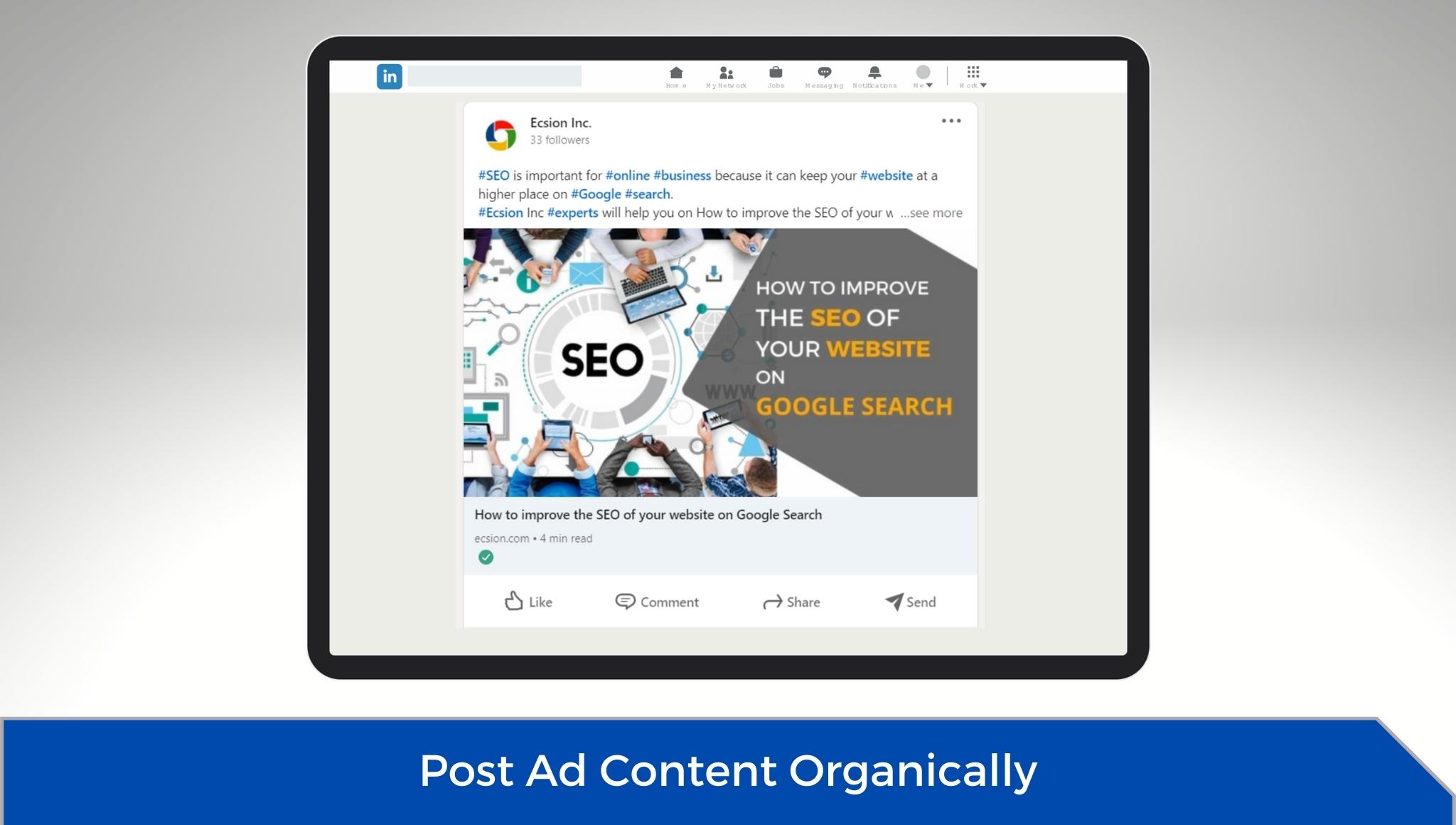
If you are new to advertising on LinkedIn then you can try testing your ad copy as an organic post first. It will help you to see whether your ad copy connects with your targeted audiences or not. This LinkedIn marketing strategy can help you to determine if you should run a paid campaign with the same information or not. If you see higher responses to a post, you can promote that content and turn it into an ad. This strategy will be helpful for you in two ways. First, you can manage your ad budget efficiently, and second, you will have a real insight into the type of content that will get leads and engagement.
